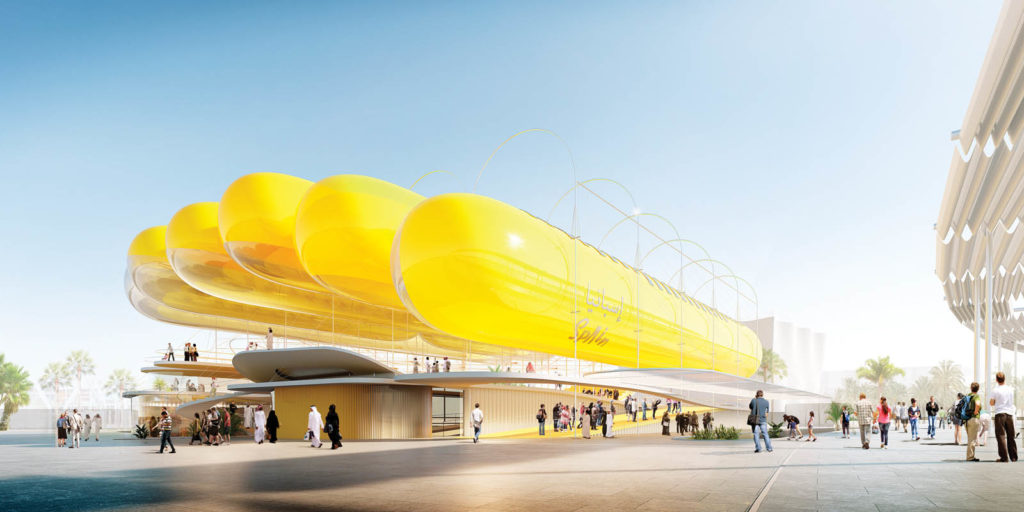
The first inflatable, the hot-air balloon, was invented in Paris in the 18th century. That watershed moment was followed by crewed flight, airships and military applications (along with some high-profile accidents) and inflatable enclosures. When inexpensive plastics became available in the 1960s, inflatable technology took a new, creative architectural turn along with more practical applications.
The history of inflatable architecture is now being told in an exhibition: “Aerodream. Architecture, design and inflatable structures 1950–2020.” The exhibition was on display at the Centre Pompidou-Metz, a museum of modern and contemporary art in the capital of the Lorraine region of France, through August, and is moving to Cité de l’architecture in Paris, running Oct. 6, 2021, to Feb. 14, 2022.
The exhibition draws on live installations along with magazines, photographs, posters, films and conceptual artwork to take attendees on a journey revealing the human dimension of the pneumatic, from the first industrial and military applications (airships, weather balloons, floating assemblies, inflatable decoys) to the experiences developed by artists, designers and architects. In keeping with the “achieved utopia” by Richard Buckminster Fuller, numerous architects have given inflatables an architectonic credibility, including Victor Lundy, Walter Bird, Frei Otto, Gernot Minke, Cedric Price and Arthur Quarmby.
Curated by Frédéric Migayrou and Valentina Moimas, the exhibition also considers the critical and political functions of inflatable architecture, the oil crisis of the 1970s, the diminishing status of plastics and the future: “The inflatable enables the reinvention of spatial possibilities, introducing different perceptive and cognitive experiences. The recent appearance of organic textiles allows us to foresee the development of research where the inflatable could offer new architectural and design options and introduce new constructive principles,” according to the museum’s exhibition description.
 TEXTILES.ORG
TEXTILES.ORG


